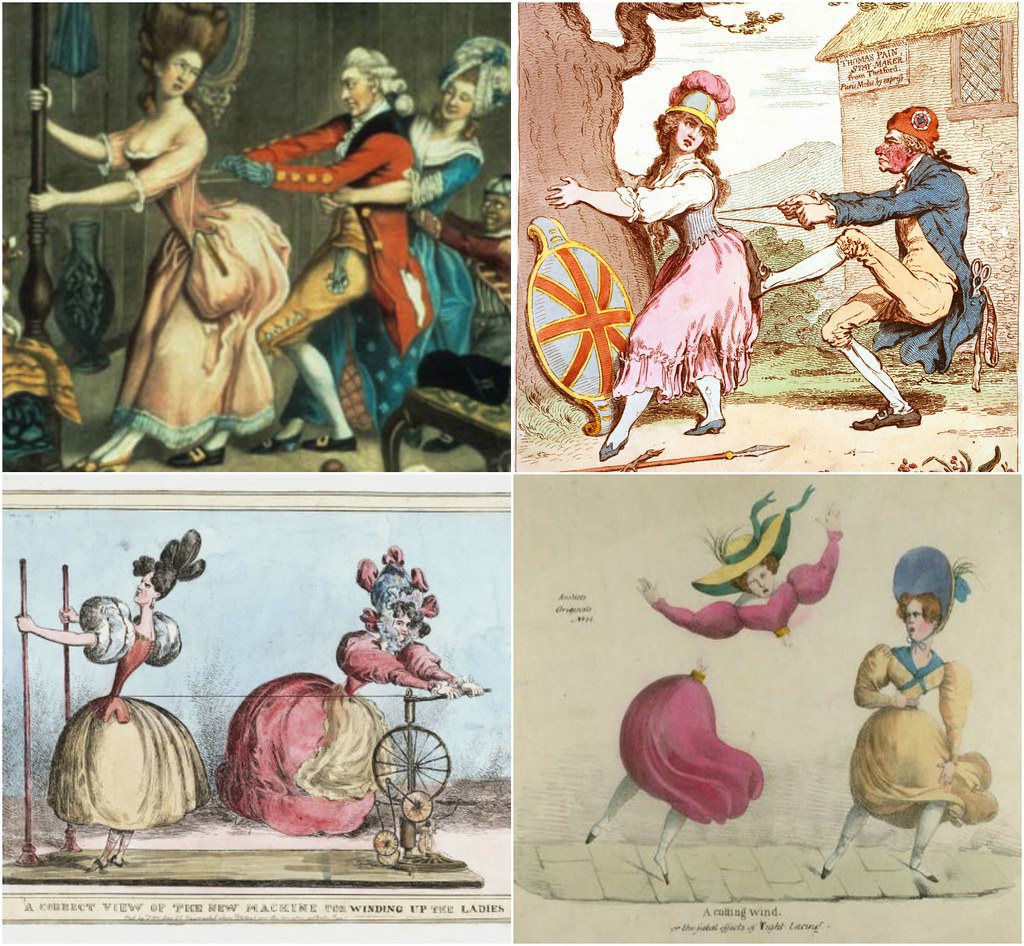The Corset
A corset is part and parcel of wearing Victorian clothing. This is the first, and likely the only, post about this that I will be writing. Superstition, misinformation, myths, and downright silliness are about to be exposed. No old wives tales, though. The old wives knew a thing or two about corsets, but nobody thought to ask them about it, being women and all.
When people see me in my Victorian clothes, the question invariably comes up: Do you wear a corset? Because corsets are now considered sexy lingerie, the questioner often glances all around the room so they can feel assured that no one else has heard them ask before whispering the question to me. So here it is:
This is a corset. More specifically, this is my newest corset:
As you can see, there's nothing particularly spicy about it. It's a demure, pale pink satin brocade with pink roses, and it was custom made for me. It was not inexpensive, but it was well worth it, since it will last years with proper care. Wearing this is the difference between buying a dress off the rack and having a designer make a dress just for you. The one might look pretty good, but the other is a perfect fit.
So why would anybody want to wear one of these things? Isn't it an instrument of torture? What about all the health hazards? And broken ribs? And not being able to breathe? Well, let's take these in turn.
A real corset is an undergarment. It wasn't designed as bedroom lingerie, though many are quite elaborate and beautiful Remember, these things were advertised in the Sears and Roebuck catalog, hardly the Playboy magazine of its day. The shape of the corset molds the body in a particular way that allows a particular style of clothing to fit properly. If you're wearing Victorian clothing, which I do, it just won't fit right without one. A corset is also a piece of underclothing that is designed to shape and support the body, much like a good bra, and it does this job remarkably well.
Women have been wearing corsets for centuries. In the Renaissance, they were called stays or bodies, and every woman wore one - not just the ladies of the court. Middle class women, farm women, even servants wore them. Why? Back pain prevention, for one thing. For example, if you've been working in the garden for a long time, you'll doubtless remember your back getting cramped and sore as you work. A corset helps keep your spine straight and works a lot like a back brace, so much of that back pain is eliminated. It also prevents slouching, and I find that particularly helpful since I earn an A+ in slouching, especially while working at a computer. Since you can't slouch while wearing a corset, you sit and stand with a straight spine which makes you appear more graceful and poised. And who doesn't need a bit of poise now and then?
Aren't corsets restrictive? How can you move in that thing? When I ordered my new corset, I asked my corsetiere (a woman who makes corsets) to design it in such a way that I would be able to go out into the garden or work around the house or chop and stack wood or do pretty much anything at all wearing it. You can do anything you like in a corset that fits properly.
Like golfing.

Or riding a bicycle. Or riding a horse. Or playing tennis.
High heels are far more restrictive than a corset.
Can you breathe in that thing? Well, I've been wearing one for a number of years now, and I'm still alive, so, yes, I can breathe quite comfortably in it. The stories about women fainting due to their corsets being laced tightly is just another myth. Women didn't have time to swoon onto chaise lounges. They had work to do.
Does it hurt? Not a bit if it's properly fitted. It feels like a full-torso hug. There are a number of women who find that it helps with anxiety, and an even larger number who find that it really helps with back pain. I actually feel rather invincible when I'm wearing mine, like some kind of stealth armor.
Are you trying to get an 18-inch waist? No, indeed. There were corsets for women of all ages and sizes.
There were even specially-designed corsets for gentlemen who wanted a trimmer figure and a straighter spine. Bet you didn't know that, did you?












No comments:
Post a Comment